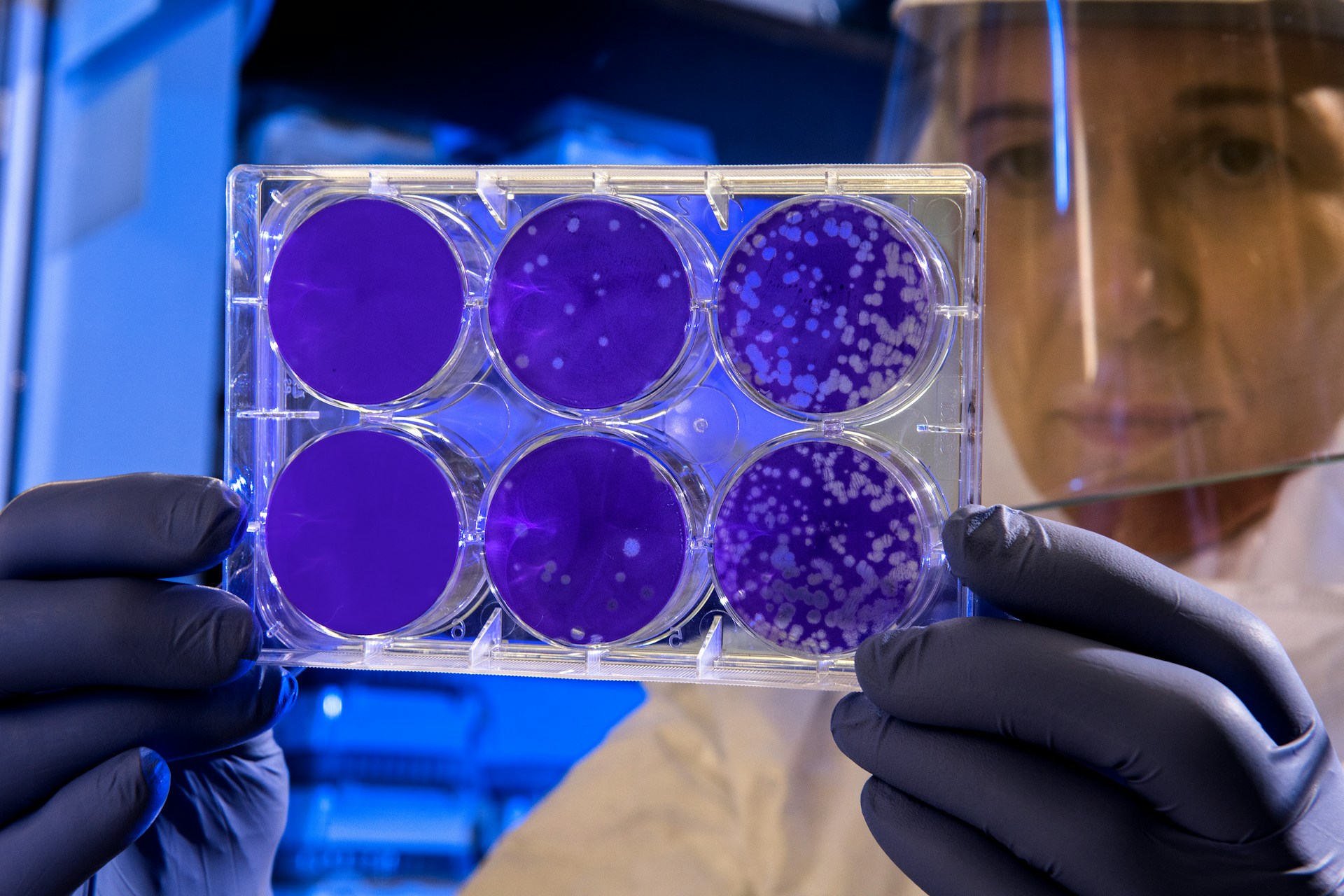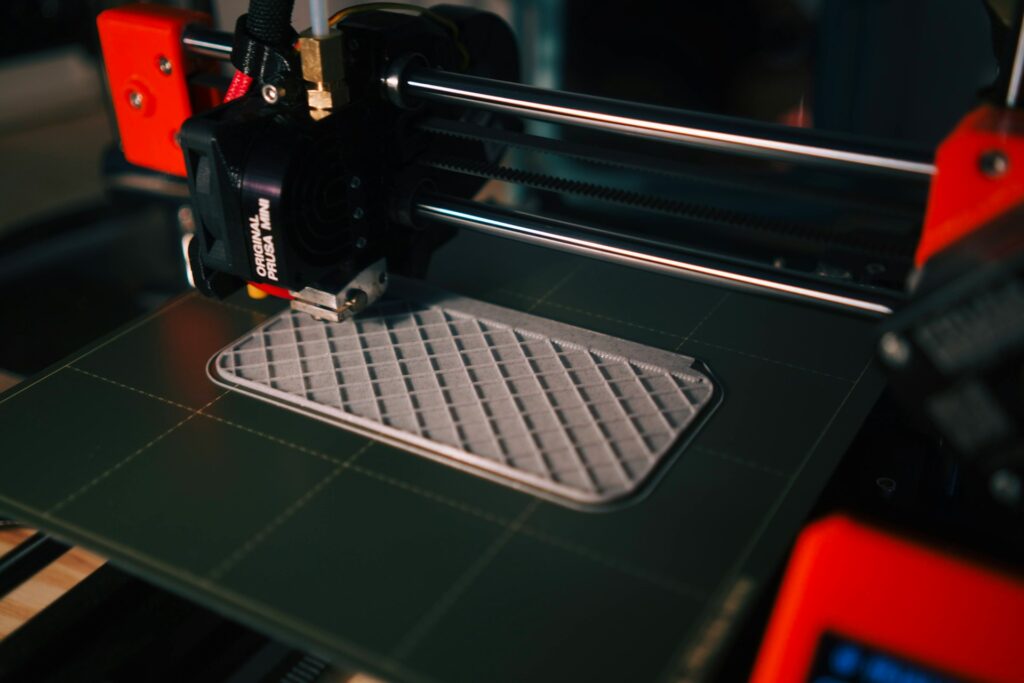The lack of natural degradation of per- and polyfluoroalkyl substances (PFAS), often called “forever chemicals,” has been a growing concern. Since the 1950s synthetic PFAS chemicals have been used in numerous applications such as nonstick cookware, firefighting foam additives and water-resistant clothing features but their carbon-fluorine bonds; which are the one of the strongest bonds in organic chemistry, make these chemicals resist natural degradation. Research teams recently identified a microbial organism which provides new possibilities for effectively removing PFAS from the environment.
A study led by the University at Buffalo (UB) has identified Labrys portucalensis F11 (F11), a strain of bacteria capable of degrading at least three types of PFAS. Even more significantly, the bacteria can break down some of the toxic byproducts formed during the degradation cycles. The findings, published in Science of the Total Environment, show a positive development in addressing PFAS contamination in soil and water.
PFAS molecules are notoriously difficult to break down because of their stable carbon-fluorine bonds. Yet, F11 was able to metabolise over 90% of perfluorooctane sulfonic acid (PFOS) within 100 days. The strain also showed activity against other PFAS types, including 5:3 fluorotelomer carboxylic acid (58% degraded) and 6:2 fluorotelomer sulfonate (21% degraded).
“The bond between carbon and fluorine atoms in PFAS is very strong, so most microbes cannot use it as an energy source. The F11 bacterial strain developed the ability to chop away the fluorine and eat the carbon,”
Stated the study’s corresponding author, Diana Aga, Ph.D., SUNY Distinguished Professor and Henry M. Woodburn Chair in the Department of Chemistry, within the UB College of Arts and Sciences, and director of the UB RENEW Institute.
This adaptation likely stems from the bacteria’s evolution in highly polluted environments, where using contaminants as an energy source can provide a survival advantage.
The UB study stood out from other studies involving PFAS degradation, by breaking down and focusing on shorter-chain breakdown products also known as metabolites. In some cases, F11 even removed fluorine from these metabolites or broke them down to negligible or undetectable levels.
“Many previous studies have only reported the degradation of PFAS, but not the formation of metabolites. We not only accounted for PFAS byproducts but found some of them continued to be further degraded by the bacteria,”
stated the study’s first author, Mindula Wijayahena, a Ph.D. student in Aga’s lab.
However, Dr. Aga cautioned that some metabolites might still exist in concentrations too low for current detection methods, emphasising the need for further refinement in analytical techniques.
The journey from laboratory findings to real-world application involves significant challenges. For instance, the bacteria required 100 days to degrade PFAS in a controlled setting with no alternative carbon sources. Future research aims to optimise conditions to encourage faster PFAS breakdown, even in environments with competing energy sources.
One potential avenue is bioaugmentation—introducing F11 into contaminated sites or wastewater treatment systems.
“In wastewater-activated sludge systems, you could accelerate removal of undesired compounds by adding a specific strain to the existing bacterial consortium in the treatment plants,” Aga says. “Bioaugmentation is a promising method that has not yet been explored for PFAS remediation in the environment.”
The discovery of F11’s capabilities is a crucial step in combating the environmental and health risks posed by PFAS. While much work remains, the research highlights the potential of leveraging nature’s adaptability to address human-made challenges. As researchers continue to refine these approaches, the vision of using microbial allies to eliminate “forever chemicals” from our environment moves closer to reality.

Hassan graduated with a Master’s degree in Chemical Engineering from the University of Chester (UK). He currently works as a design engineering consultant for one of the largest engineering firms in the world along with being an associate member of the Institute of Chemical Engineers (IChemE).



